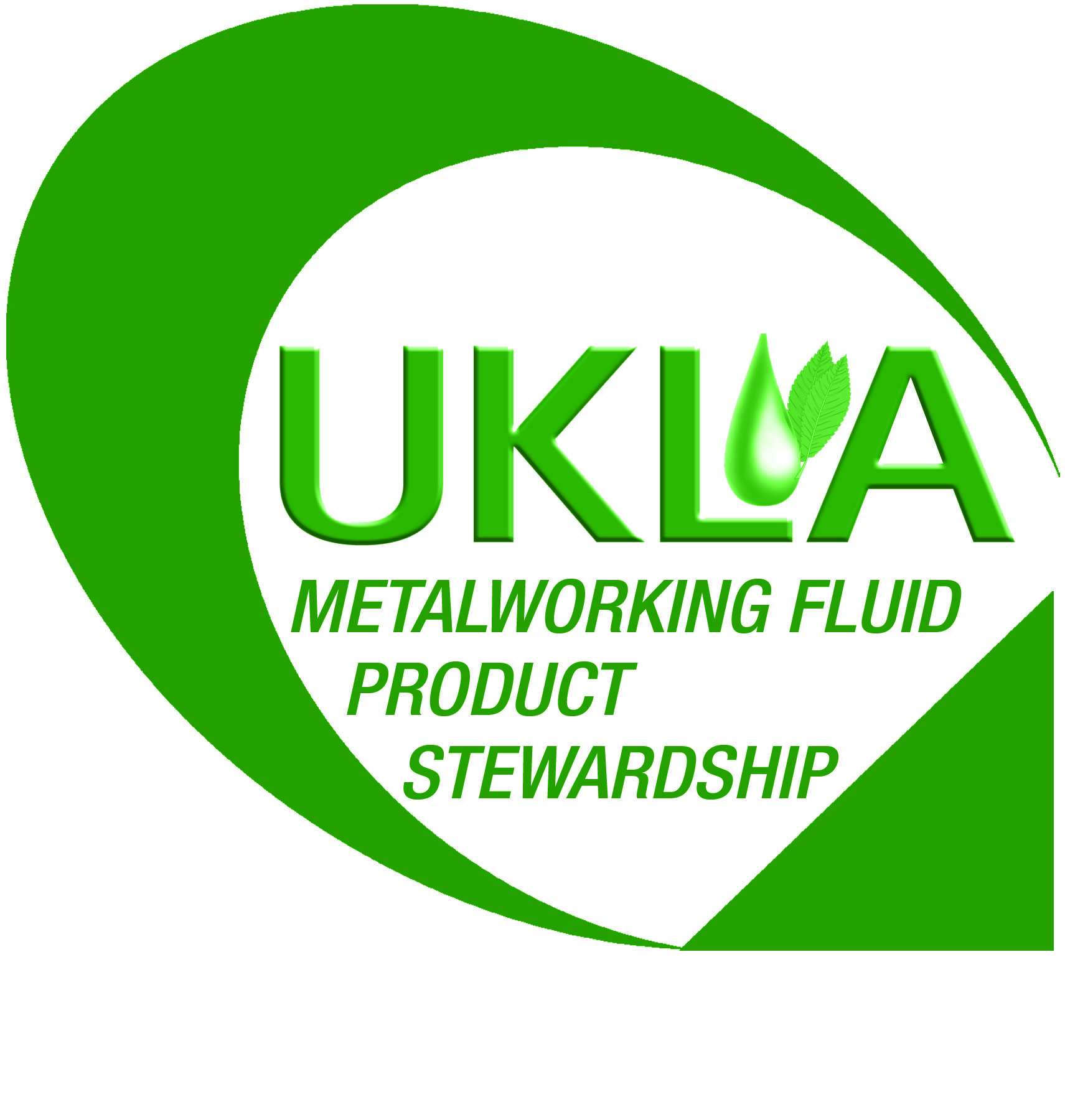The HSE (Health and Safety Executive) is currently running an inspection programme focusing on companies that use metalworking fluids to ensure they are using effective control measures to protect people from the risks associated with exposure to coolants and oils. Findings from previous inspection programmes found that there is still a lack of LEV being used, no regular fluid quality checks and a lack of regular health checks.
In support of this campaign, the United Kingdom Lubricants Association (UKLA) is working with stakeholders including the MTA and SHEP (Safety and Health Engineering Partnership) and has drafted an open letter calling on industry to use metalworking fluids safely. The letter signposts readers to resources in three key areas:
- Fluid health
- Mist extraction (local exhaust ventilation)
- Health surveillance
The UKLA and Partners open letter can be downloaded here below.
Long-standing MTA member Filtermist Limited has manufactured, maintained, monitored and marketed oil mist filters for more than 50 years and has noticed a level of misinformation in recent weeks regarding COSHH (Control of Substances Hazardous to Health) Regulations.
Filtermist CEO James Stansfield comments, “We are currently in ‘Open House season’ and I have spoken to a number of people at recent events who have mentioned ‘new legislation’ requiring LEV systems. The fact is, there is no new legislation. COSHH Regulations first came into force in 1989 and have always required employers to protect their workforce from harmful airborne contaminants, including oil mist particles.
“The HSE talks about the Hierarchy of Controls with elimination and substitution being at the top of the hierarchy, but if, in the case of oil mist particles, the hazard cannot be eliminated from the process, engineering controls should be used.
“In reality, this means that the HSE expects every CNC machine to be fitted with effective oil mist extraction that is suitable for the specific application and type of coolant being used. Under COSHH Regulations, every LEV system must be kept in good, clean working order and thoroughly examined and tested by a competent person at least once every 14 months – sometimes more frequently depending on the application and the volume and nature of contaminant being produced. “If any MTA members are unsure if their control measures would stand up to HSE scrutiny, we will happily arrange a site visit from one of our BOHS certified engineers to undertake an LEV audit and make any necessary suggestions. Give our team a call on 01952 290500 or email [email protected] to see how we can support.”

